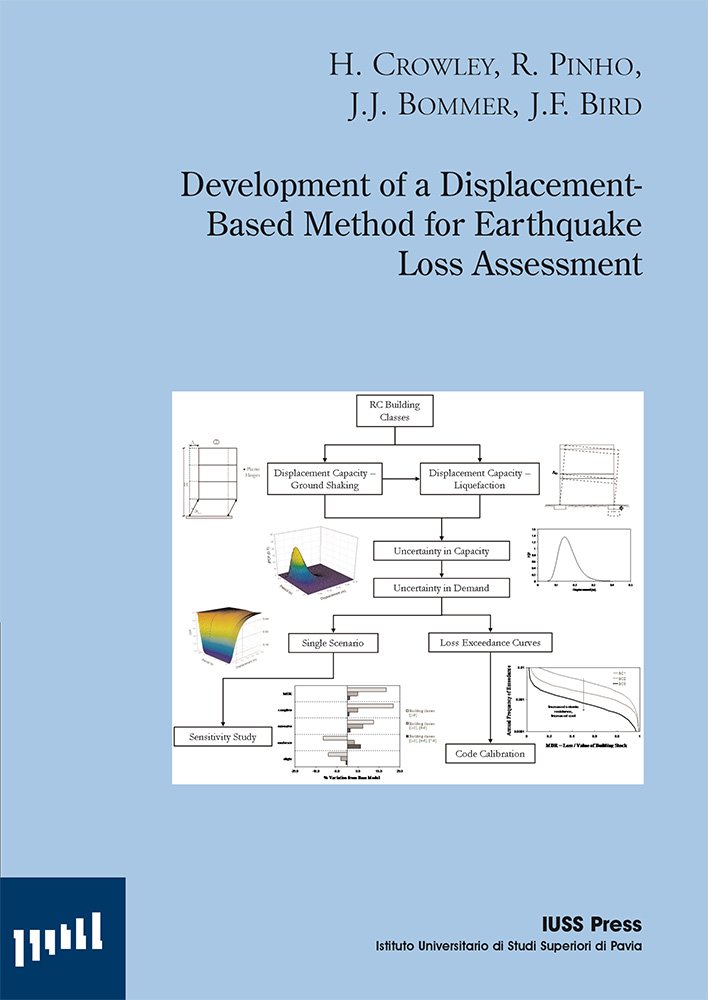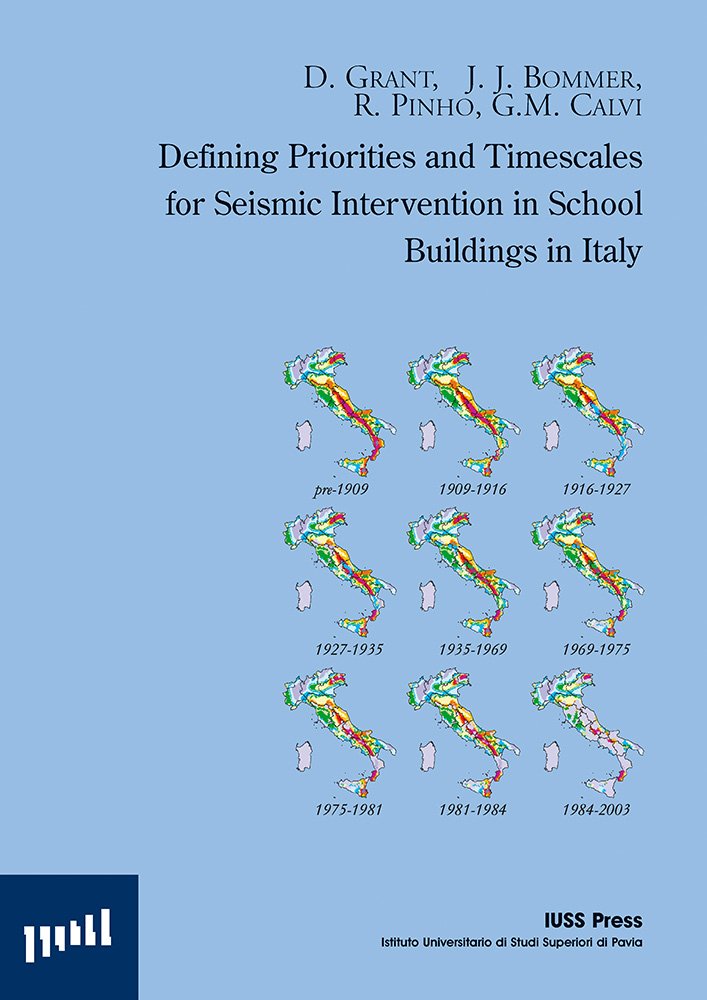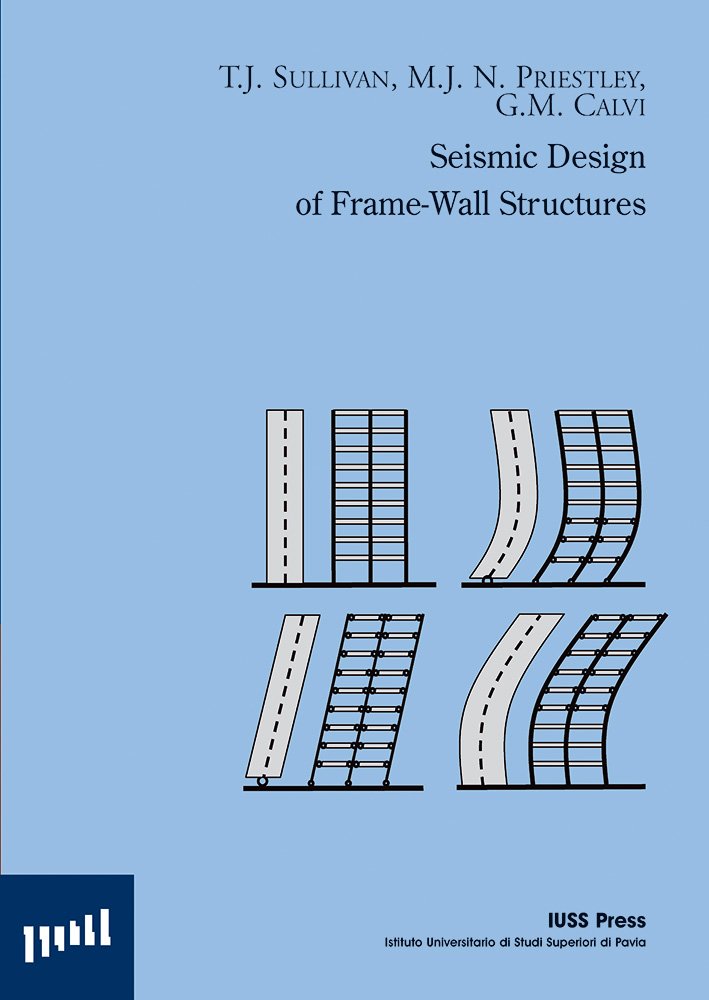Catalogue

Development of a Displacement-Based Method for Earthquake Loss Assessment
24/01/2006
Defining Priorities and Timescales for Seismic Intervention in School Buildings in Italy
24/03/2006Seismic Design of Frame-Wall Structures
Original price was: € 25,00.€ 15,00Current price is: € 15,00.
T.J. Sullivan, M.J.N. Priestley, G.M. Calvi
Research Report Rose 2006/02
ISBN: 88-7358-035-1
Buildings that utilise frames and walls in parallel to resist seismic loads can perform excellently in earthquakes. The stiff nature of cantilever reinforced concrete walls means that they are naturally suited to control storey-drifts in the lower levels of buildings.
FUORI CATALOGO
Buildings that utilise frames and walls in parallel to resist seismic loads can perform excellently in earthquakes. The stiff nature of cantilever reinforced concrete walls means that they are naturally suited to control storey-drifts in the lower levels of buildings. In contrast, frames typically restrain deformation in upper storeys but moreover, they offer significant energy dissipation up the height of the building which reduces the total displacements that a building experiences. Despite these characteristics, it is argued that current seismic design methodologies do not adequately account for or capitalise on the interaction that takes place between frames and walls. The objectives of this report have therefore been to develop a rational and complete set of seismic design recommendations for frame-wall structures. Following a comprehensive literature review, a displacementbased design (DBD) methodology is formed and then tested and refined through examination of a series of case study structures. In parallel to this, an innovative set of capacity design recommendations are developed to protect against undesirable plastic mechanisms by making allowance for the large higher mode forces that can develop in frame-wall structures. For each case study, the performance of the design recommendations is gauged through non-linear time-history analyses of accurate structural models using a suite of spectrum-compatible accelerograms. The verification analyses demonstrate that the new DBD method provides excellent control of deformations in frame-wall structures of up to 20-storeys height and that the capacity design recommendations provide good protection against unwanted plastic mechanisms. Uncertainties with the research findings are discussed and areas for future research are identified.

